Home>Gardening & Outdoor>Pool & Spa Care>How Much Do You Sweat In A Hot Tub
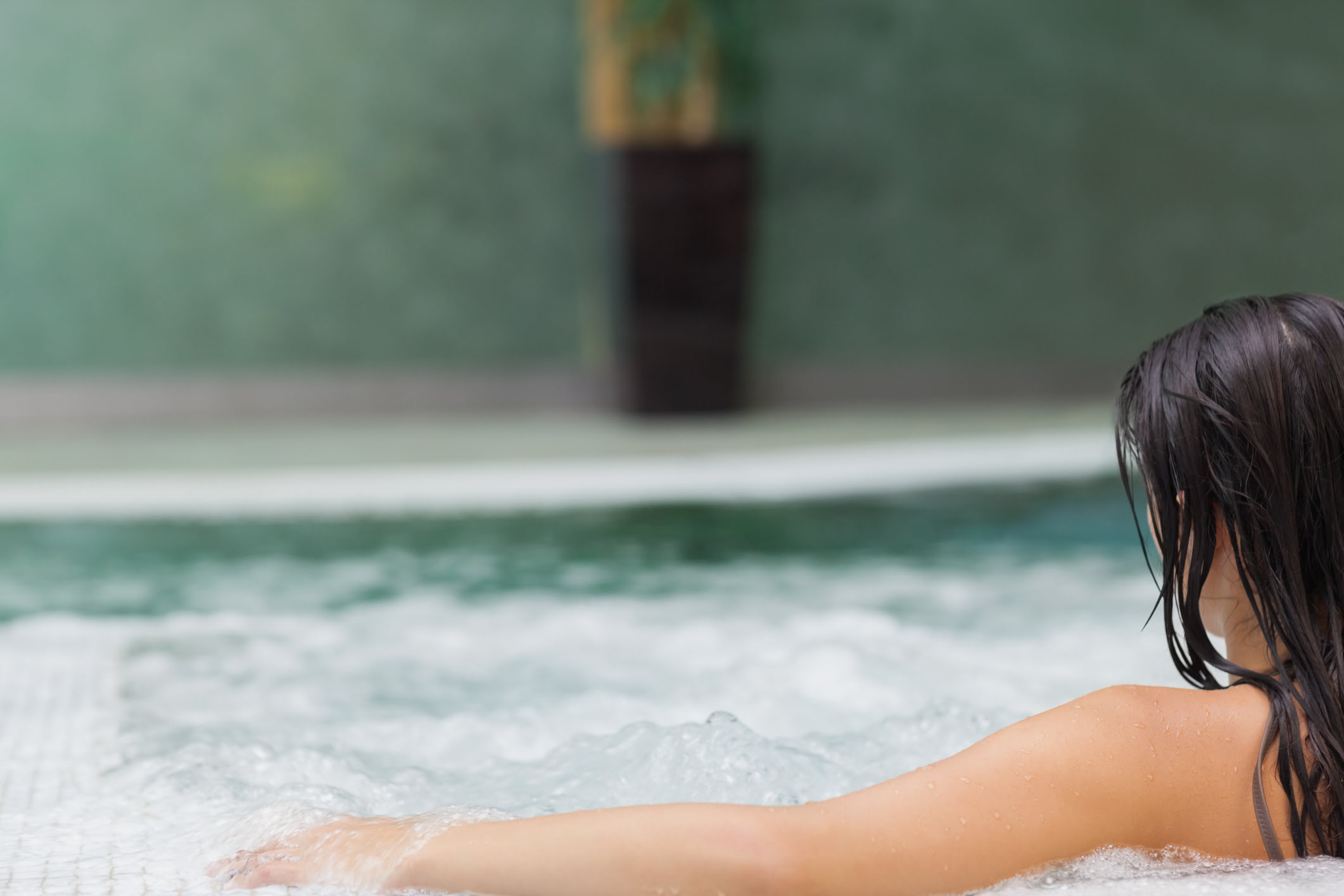

Pool & Spa Care
How Much Do You Sweat In A Hot Tub
Published: December 29, 2023
Discover how much you sweat in a hot tub and learn essential pool and spa care tips. Keep your hot tub clean and safe with expert advice.
(Many of the links in this article redirect to a specific reviewed product. Your purchase of these products through affiliate links helps to generate commission for Storables.com, at no extra cost. Learn more)
Introduction
Welcome to the soothing world of hot tubs, where relaxation meets rejuvenation. While many of us enjoy unwinding in the warm embrace of a bubbling hot tub, have you ever wondered about the physiological effects of this tranquil activity? One intriguing aspect is the phenomenon of sweating in a hot tub. How much do we actually sweat while soaking in the comforting waters? In this article, we will delve into the fascinating world of sweat production in hot tubs, exploring the factors that influence it, its measurement, and the potential health implications of excessive sweating. Let’s embark on a journey to uncover the science behind this seemingly simple act of relaxation.
Key Takeaways:
- Sweat production in hot tubs is influenced by factors like water temperature, humidity, and duration of soaking. Understanding these elements can enhance the relaxation experience and promote better sweat management.
- Excessive sweating in hot tubs can lead to dehydration, electrolyte imbalance, and heat-related issues. Prioritizing hydration, monitoring soak duration, and practicing good hygiene can help mitigate these health risks.
Read more: How Much Shock Do You Put In A Hot Tub
Factors Affecting Sweat Production
Several factors come into play when considering sweat production in a hot tub. The primary driver of sweating is the body’s thermoregulation mechanism, which is influenced by both internal and external factors. Here are some key elements that can affect the amount of sweat produced while enjoying a soak in a hot tub:
- Water Temperature: The temperature of the hot tub water plays a significant role in triggering sweat production. When immersed in hot water, the body’s core temperature rises, leading to an increase in sweat gland activity as the body attempts to cool down.
- Humidity: The humidity level in the hot tub environment can impact the rate of evaporation of sweat from the skin. Higher humidity may hinder the evaporation process, potentially leading to a perception of increased sweatiness.
- Duration of Soaking: The length of time spent in the hot tub can also influence sweat production. Prolonged exposure to the warm water can prompt the body to continue sweating as it strives to maintain thermal equilibrium.
- Physical Activity: Engaging in physical movements or exercises while in the hot tub can elevate the body’s metabolic rate, potentially leading to increased sweat production.
- Individual Variations: Each person’s physiology, including factors such as fitness level, body composition, and overall health, can contribute to variations in sweat production while in a hot tub.
By understanding these factors, hot tub enthusiasts can gain insight into the dynamics of sweat production during their relaxation sessions. The interplay of these elements underscores the intricate relationship between the human body and the rejuvenating environment of a hot tub.
Measuring Sweat Loss in a Hot Tub
Quantifying sweat loss in a hot tub setting involves a blend of physiological and environmental considerations. While it may not be practical to measure individual sweat droplets, researchers have devised methods to estimate sweat loss and its associated physiological impact. One common approach involves assessing the change in body weight before and after hot tub use, considering that sweat loss contributes to a reduction in body mass. However, it’s important to note that other factors, such as water absorption by the skin and respiratory water loss, can also contribute to the observed weight change.
Another method for evaluating sweat loss involves the use of hygrometers to measure the humidity levels in the hot tub environment. By monitoring changes in humidity over time, researchers can infer the rate of sweat evaporation from the skin, providing insights into the dynamics of sweat production and evaporation in the hot tub setting.
Additionally, advancements in wearable sensor technologies have enabled the real-time monitoring of physiological parameters, including sweat rate and composition. These innovative tools offer a glimpse into the intricate interplay between the body’s thermoregulatory processes and the hot tub environment, shedding light on the dynamics of sweat production and its subsequent impact on the body’s fluid balance.
While the precise measurement of sweat loss in a hot tub presents challenges, the collective use of these methods provides valuable insights into the body’s response to the thermal and hydrological conditions experienced during hot tub sessions. By unraveling the complexities of sweat loss in this unique setting, researchers and enthusiasts alike can deepen their understanding of the physiological implications of hot tub use.
To avoid dehydration, drink plenty of water before and after using a hot tub. The heat can cause excessive sweating, so staying hydrated is important.
Comparison of Sweat Loss in Hot Tubs and Other Settings
When comparing sweat loss in hot tubs to other settings, such as exercise environments or saunas, several intriguing distinctions emerge. While each setting elicits perspiration to varying degrees, the interplay of factors unique to hot tubs contributes to a distinct sweat production experience. Let’s explore the contrasts and similarities in sweat loss across different environments:
- Exercise Environments: During physical exercise, the body’s metabolic rate rises, leading to increased heat production. As a result, sweat production serves as a vital cooling mechanism to dissipate excess heat. In contrast, while hot tub use may not entail the same level of physical exertion, the elevated water temperature can prompt substantial sweat production as the body seeks to regulate its internal temperature.
- Saunas: Similar to hot tubs, saunas create a heated environment that stimulates sweat production. However, the dry heat in saunas, typically at higher temperatures than hot tubs, can lead to more rapid and profuse sweating. The absence of water in the sauna environment also influences the dynamics of sweat evaporation and heat dissipation compared to the immersion experience in a hot tub.
- Hydration Considerations: In all settings, including hot tubs, it’s crucial to maintain adequate hydration to compensate for fluid loss through sweating. However, the immersion in water during hot tub use introduces unique considerations for fluid balance, as the body may absorb water through the skin, potentially influencing the net fluid loss experienced during the session.
While sweat loss serves as a common thread across these environments, the distinctive interplay of temperature, humidity, and physical activity sets hot tubs apart in the realm of sweat production. Understanding these nuances can guide individuals in tailoring their hydration strategies and thermal comfort preferences across different settings, optimizing their overall wellness experience.
Health Implications of Excessive Sweating in Hot Tubs
While sweating in a hot tub is a natural physiological response, excessive sweat production can have implications for overall health and well-being. Understanding the potential impacts of intense sweating in this setting is crucial for maintaining a balanced and safe hot tub experience. Here are some health considerations related to excessive sweating in hot tubs:
- Dehydration: Prolonged and profuse sweating in a hot tub can lead to significant fluid loss, potentially resulting in dehydration if adequate rehydration measures are not taken. Dehydration can manifest as symptoms such as dizziness, fatigue, and decreased urine output, highlighting the importance of maintaining proper fluid balance during hot tub use.
- Electrolyte Imbalance: Sweat contains essential electrolytes, including sodium and potassium. Excessive sweating without replenishing these electrolytes can disrupt the body’s electrolyte balance, potentially leading to muscle cramps, weakness, and irregular heart rhythms. It’s vital to consider electrolyte replacement strategies, especially after prolonged hot tub sessions involving substantial sweat loss.
- Heat-Related Issues: The combination of elevated water temperature and intense sweating can challenge the body’s thermoregulatory mechanisms. Prolonged exposure to high temperatures, coupled with excessive sweat production, may increase the risk of heat-related illnesses, such as heat exhaustion or heat stroke. Monitoring the duration and intensity of hot tub sessions is essential to mitigate these risks.
- Skin Health: Excessive sweating in hot tubs can impact skin health, potentially leading to skin irritation or exacerbating certain dermatological conditions. Proper hygiene practices, including post-soak showering and skincare routines, can help mitigate the potential negative effects of prolonged sweat exposure on the skin.
By recognizing these health implications, hot tub enthusiasts can adopt proactive measures to promote a safe and enjoyable hot tub experience. Prioritizing hydration, electrolyte balance, and mindful hot tub usage can help mitigate the potential health risks associated with excessive sweating, fostering a harmonious balance between relaxation and well-being.
Read more: How Do You Winterize A Hot Tub
Tips for Managing Sweat Production in Hot Tubs
As you embark on your hot tub relaxation journey, incorporating practical strategies to manage sweat production can enhance your overall comfort and well-being. By implementing these tips, you can optimize your hot tub experience while promoting a balanced approach to sweat management:
- Stay Hydrated: Prior to and during your hot tub session, ensure adequate hydration by drinking water. Replenishing fluids can help offset the effects of sweat loss and maintain optimal hydration levels.
- Monitor Soak Duration: Be mindful of the duration of your hot tub sessions. While extended soaking can be enticing, it’s important to strike a balance to prevent excessive sweat production and potential overheating.
- Regulate Water Temperature: Adjust the hot tub water temperature to a comfortable level. Finding the right balance can minimize excessive sweat production while still providing a soothing and relaxing experience.
- Consider Off-Peak Hours: If your hot tub is located outdoors, consider using it during cooler times of the day to mitigate the impact of ambient temperature on sweat production.
- Hygiene Practices: After your hot tub session, take a refreshing shower to cleanse the skin and remove residual sweat. This practice can help prevent skin irritation and maintain optimal hygiene.
- Electrolyte Replacement: Following intense or prolonged hot tub use, consider consuming electrolyte-rich beverages or foods to replenish essential electrolytes lost through sweat.
- Observe Personal Limits: Listen to your body and recognize signs of discomfort or overheating. If you feel excessively sweaty or fatigued, it may be time to exit the hot tub and cool down.
By incorporating these tips into your hot tub routine, you can strike a harmonious balance between sweat management and relaxation, optimizing your overall well-being during each rejuvenating soak. Embracing these practices empowers you to enjoy the therapeutic benefits of hot tub immersion while maintaining a mindful approach to sweat production.
Frequently Asked Questions about How Much Do You Sweat In A Hot Tub
Was this page helpful?
At Storables.com, we guarantee accurate and reliable information. Our content, validated by Expert Board Contributors, is crafted following stringent Editorial Policies. We're committed to providing you with well-researched, expert-backed insights for all your informational needs.
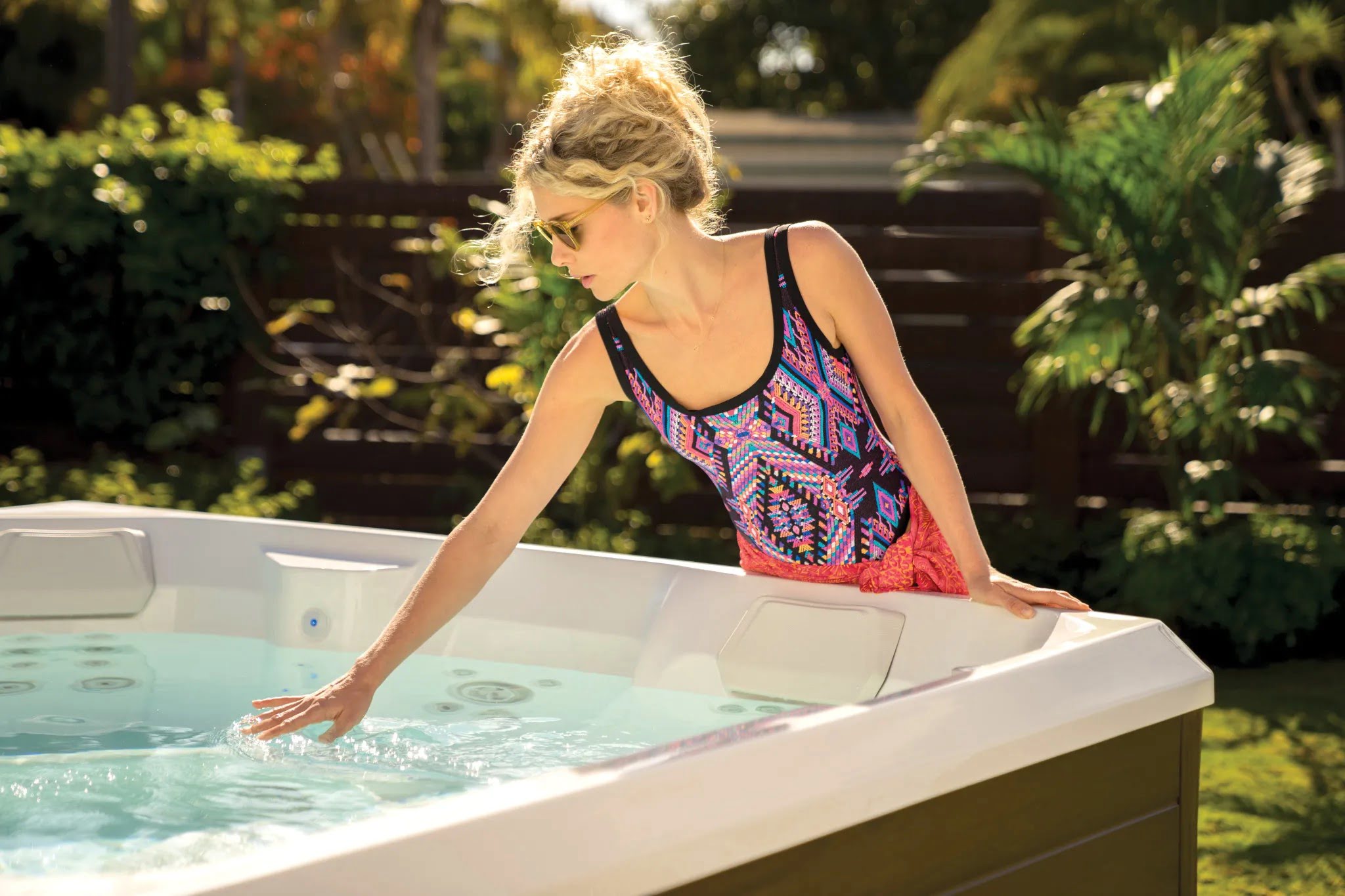

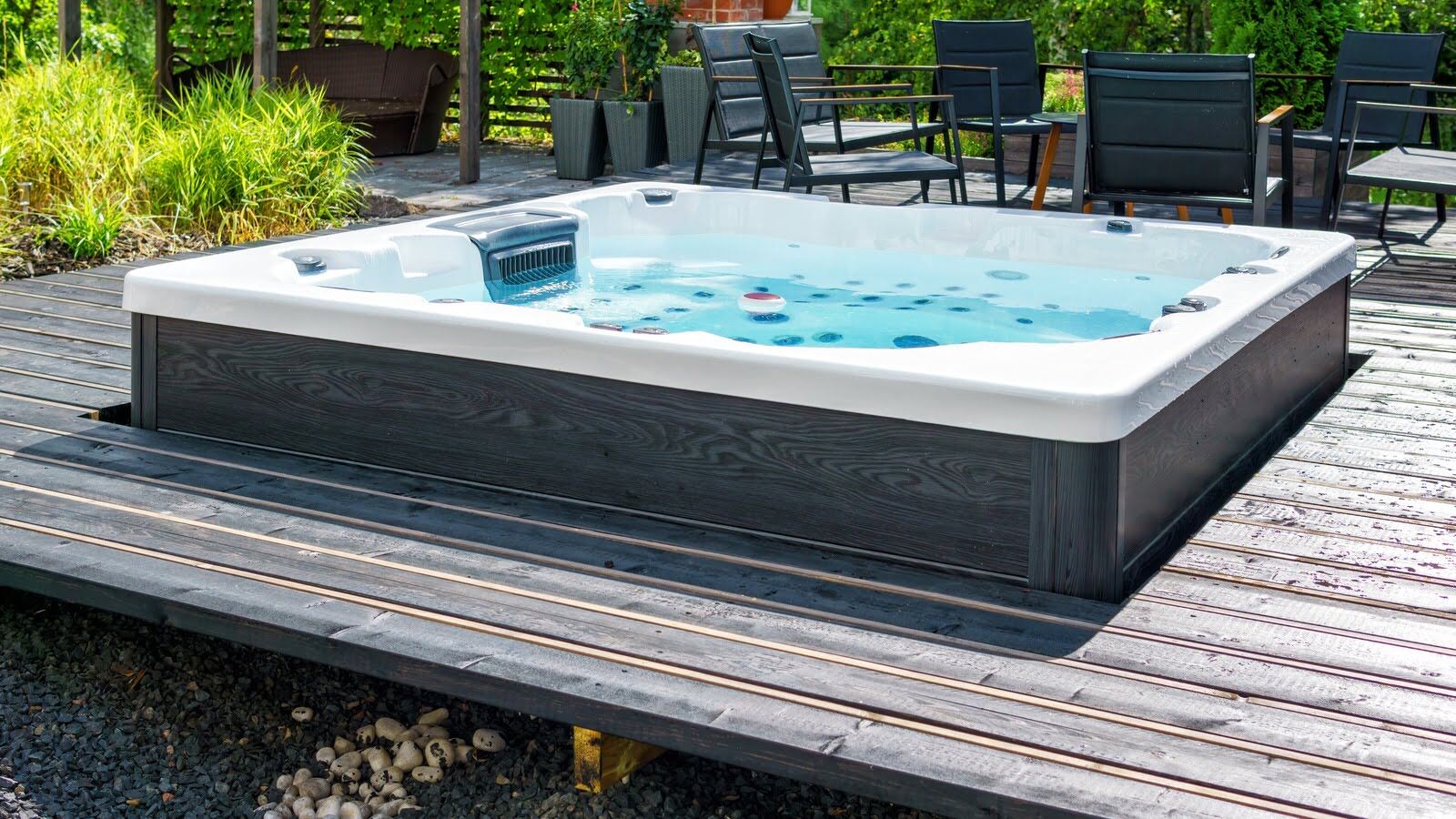
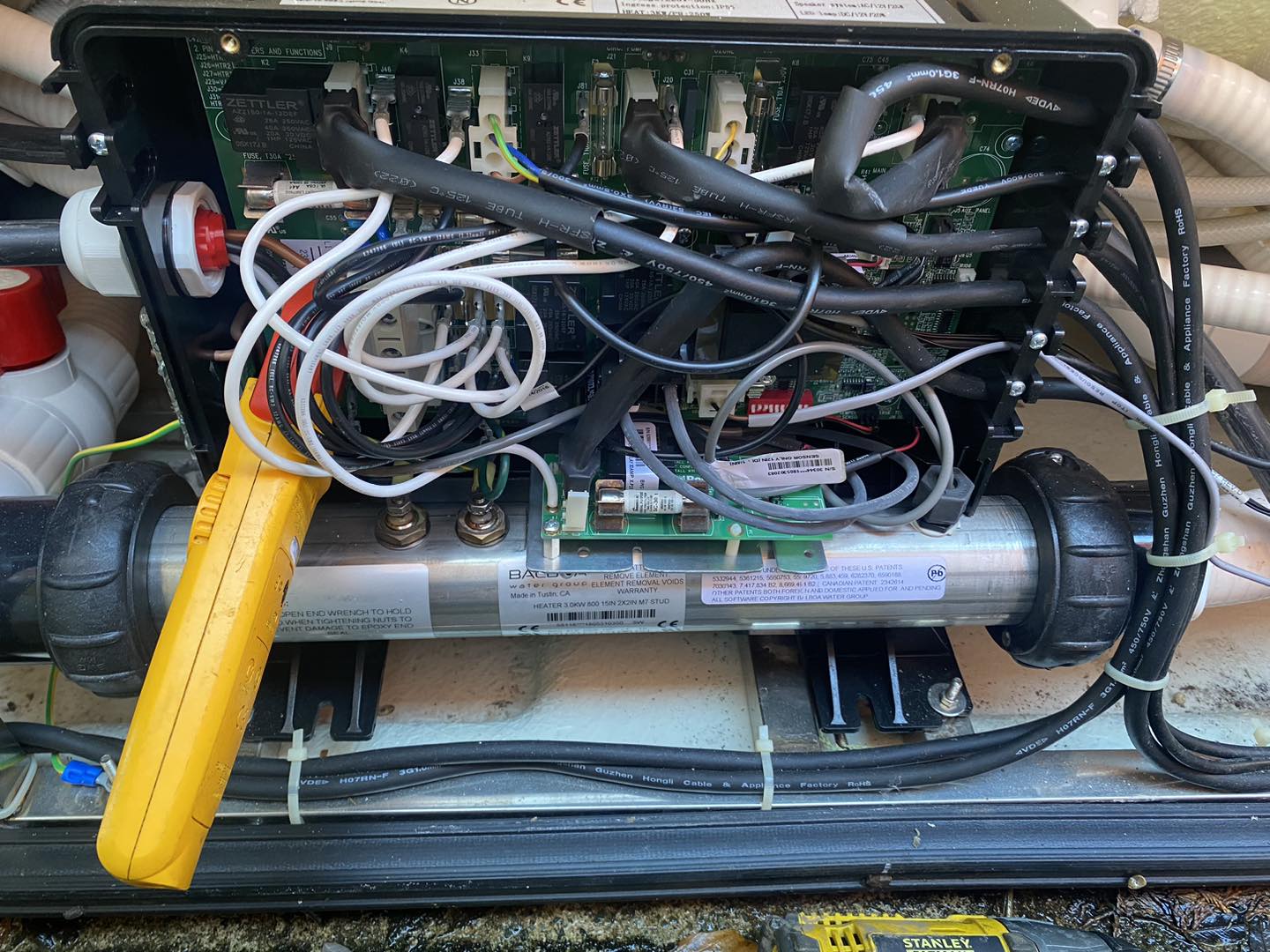
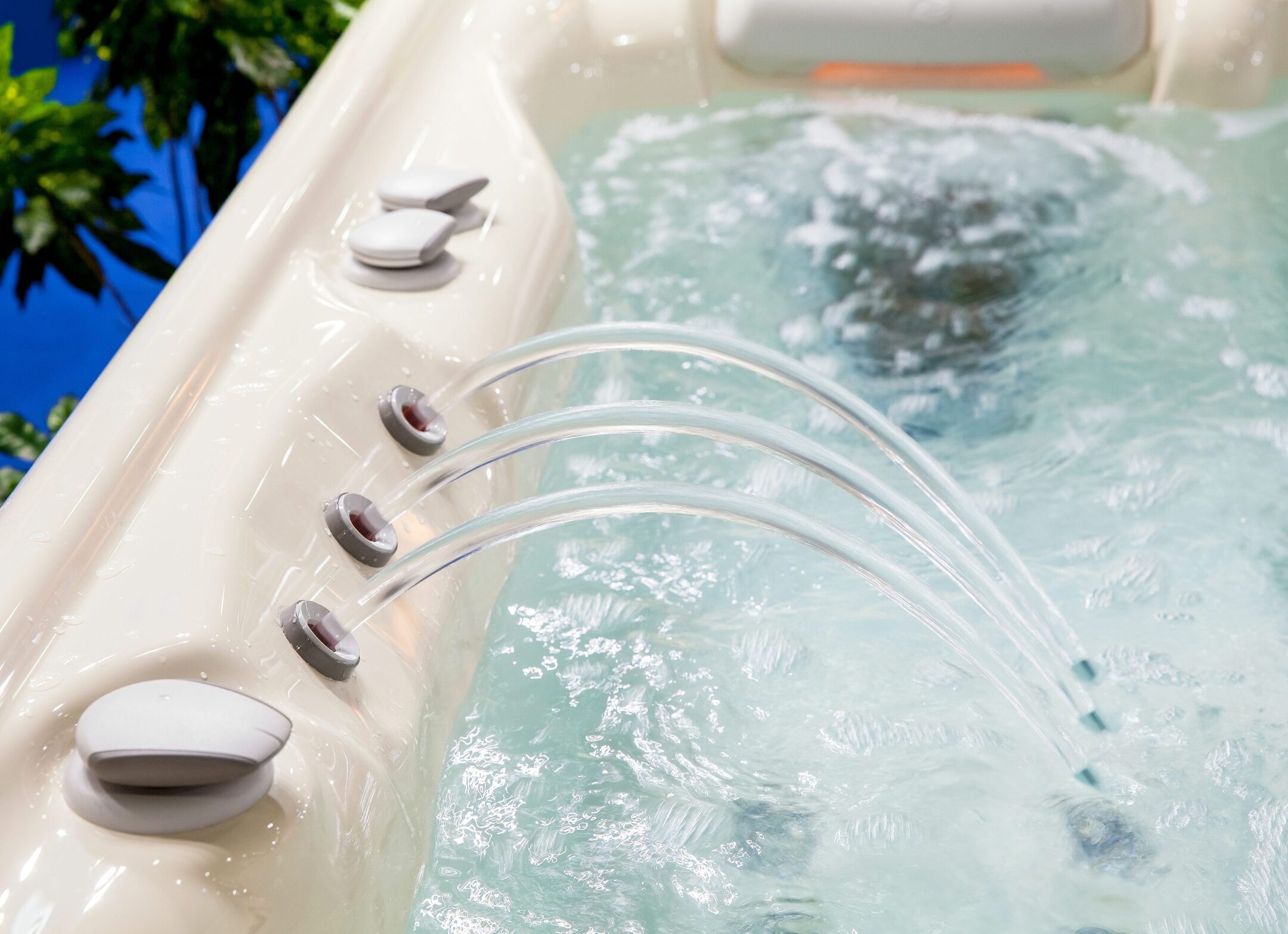
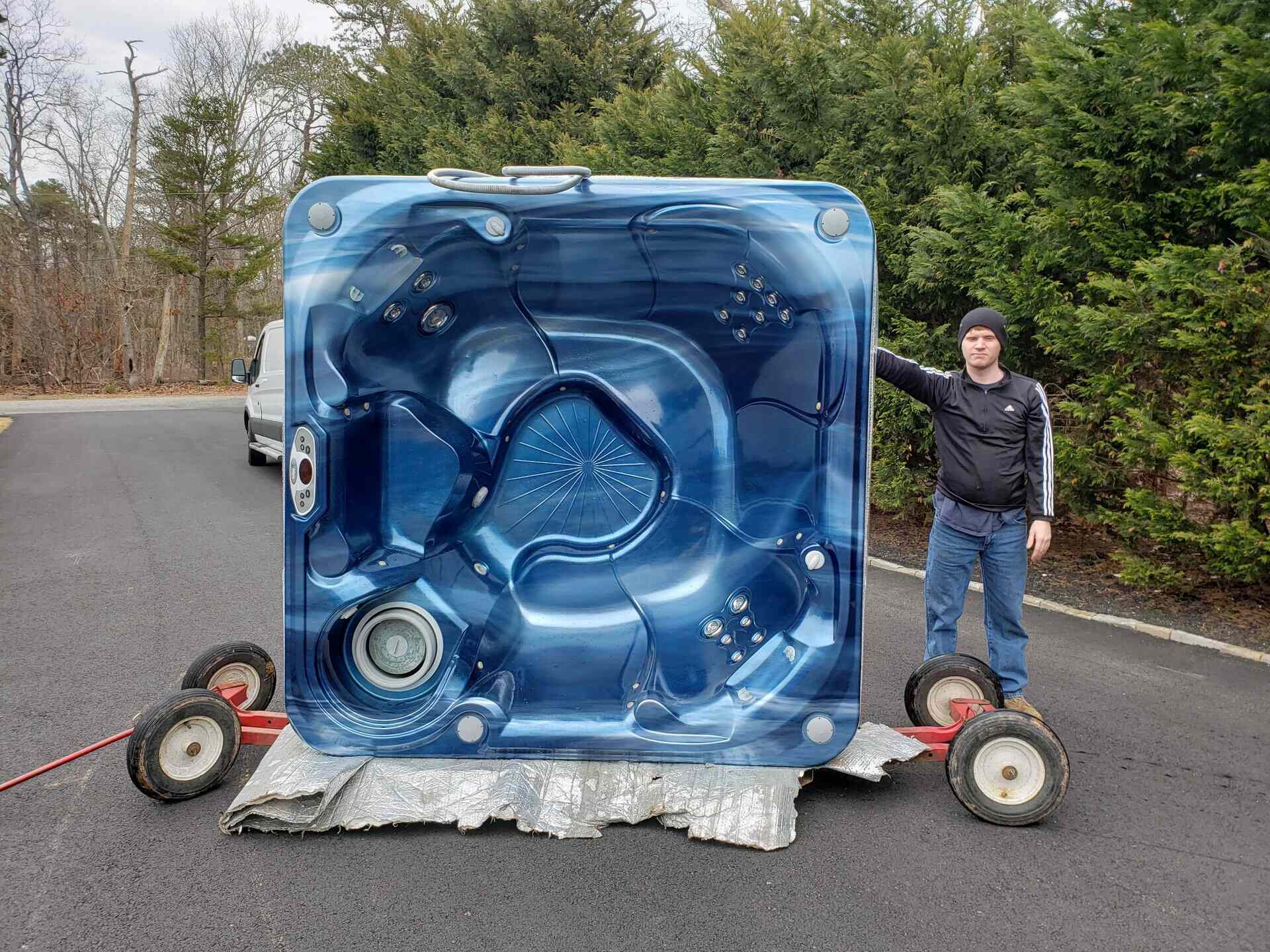


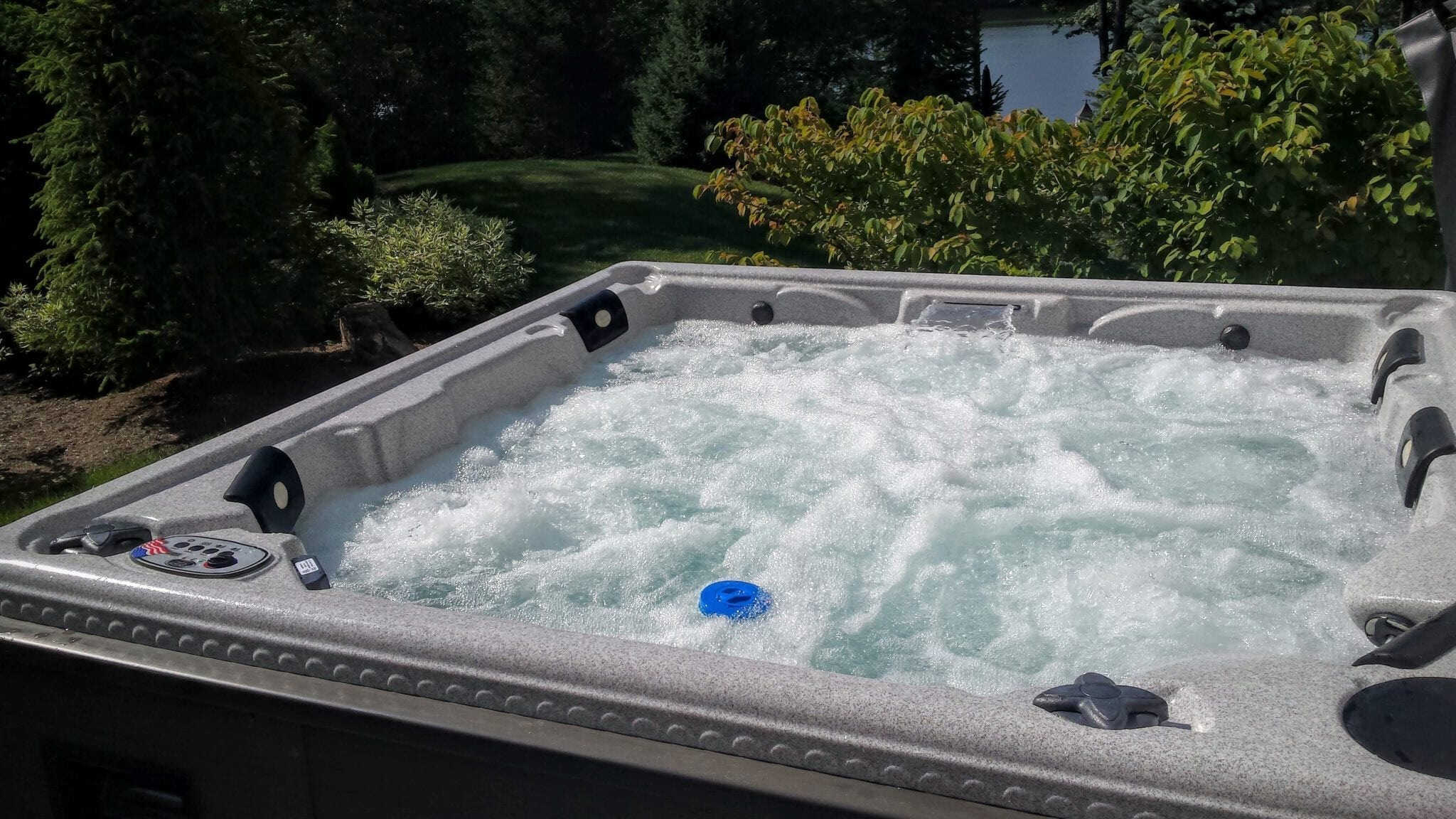
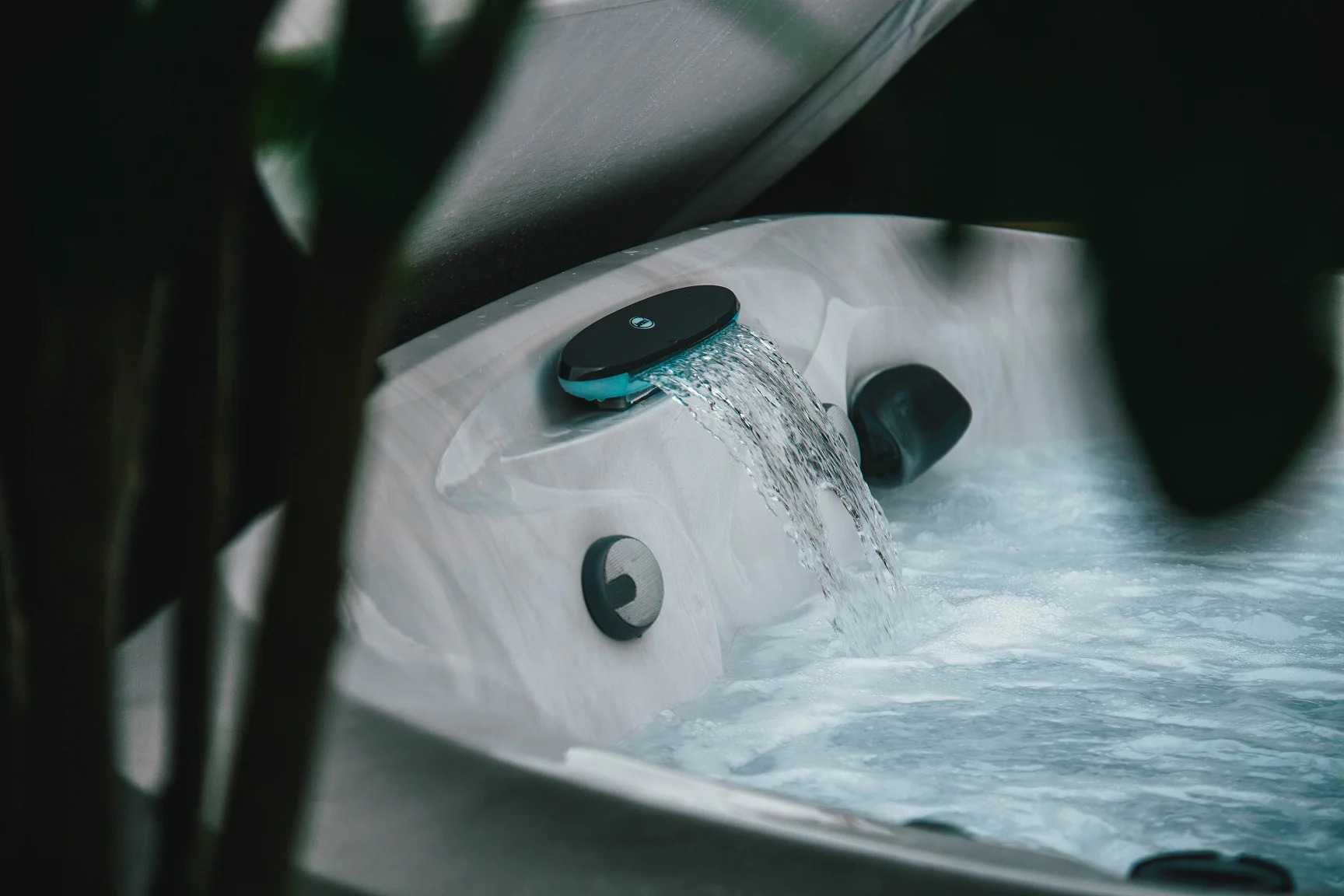
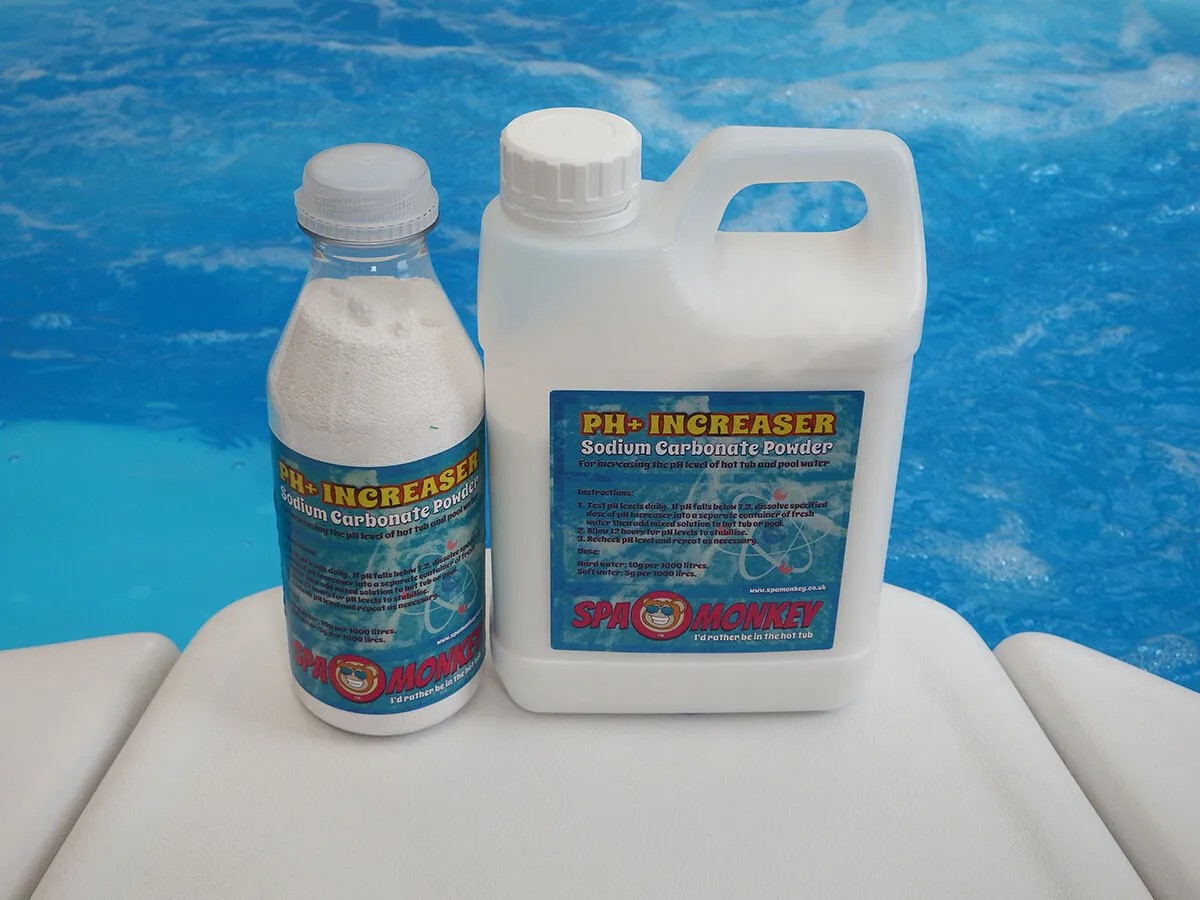
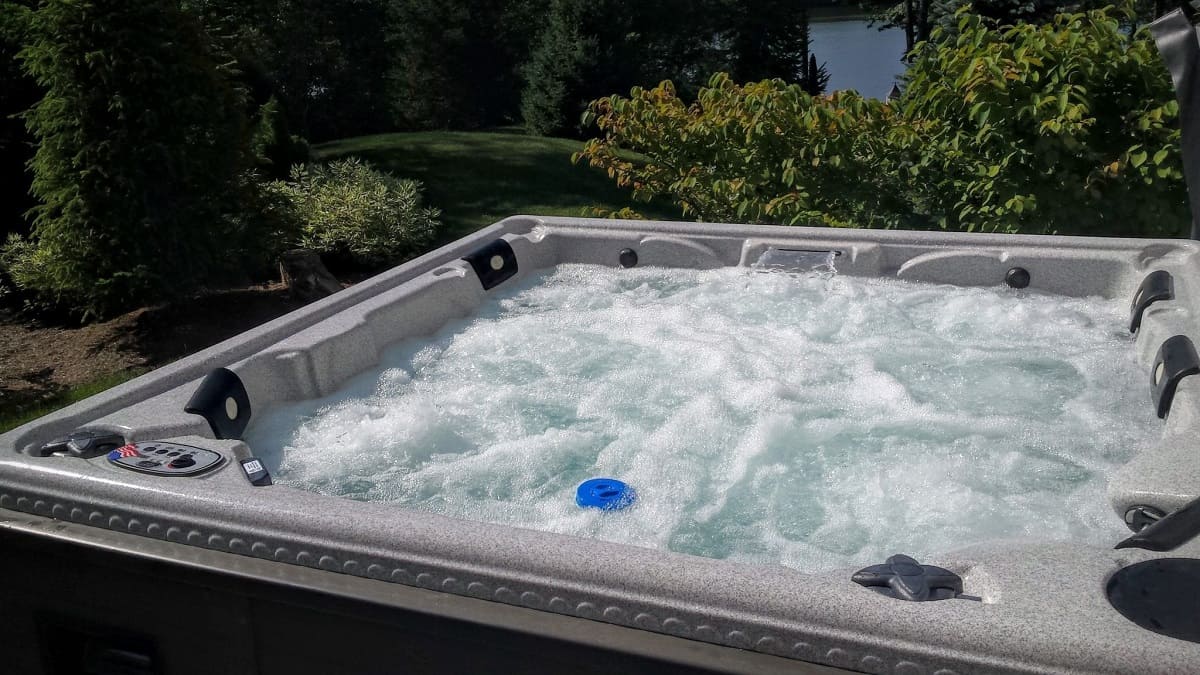
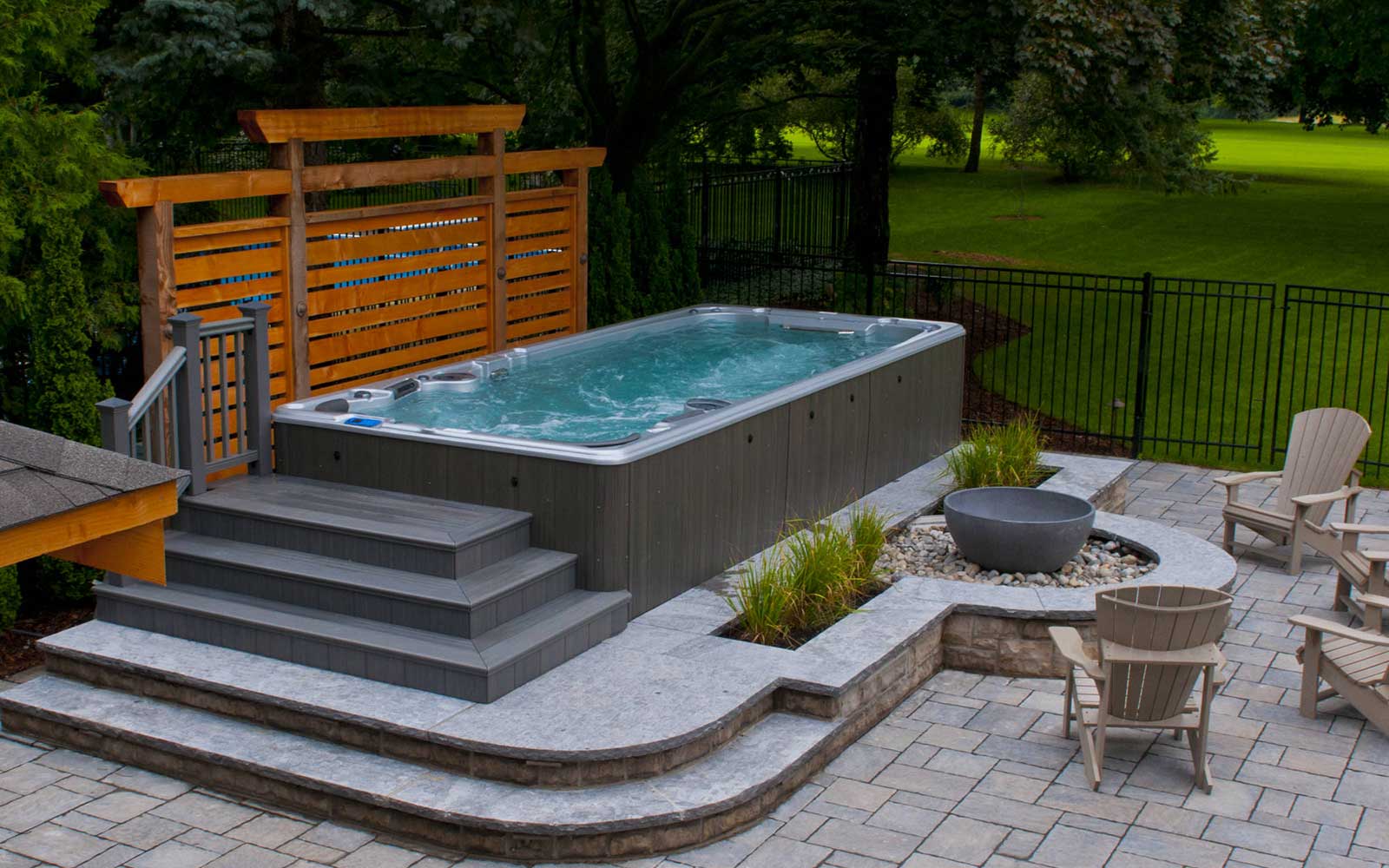
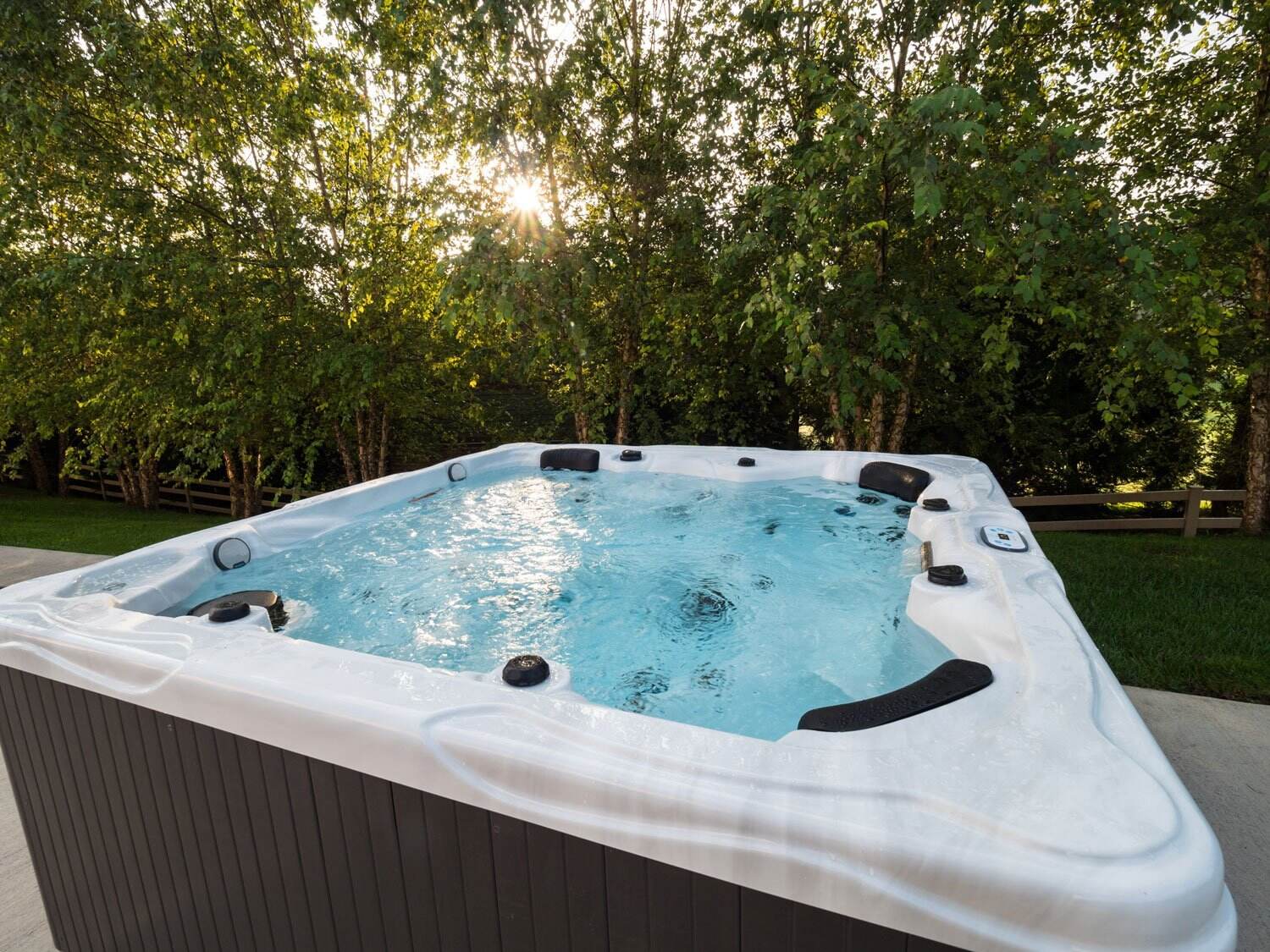

0 thoughts on “How Much Do You Sweat In A Hot Tub”